Affiliate links on Android Authority may earn us a commission. Learn more.
Android OS problems and how to fix them

If the name Android Authority isn’t enough of a giveaway, we are huge fans of the Android operating system here. Fanboying aside, we have to admit that Android smartphones are far from perfect, and various issues pop up from time to time. While some are device-specific, some problems are caused by the OS itself. Here are some general problems that Android users face and potential solutions on how to fix them!
Editor’s note – We will be looking at some specific problems users face with Android 12. The steps below may also differ depending on your phone’s UI. However, all general troubleshooting tips will work for other versions as well.
Android problem #1 — Extremely rapid battery drain
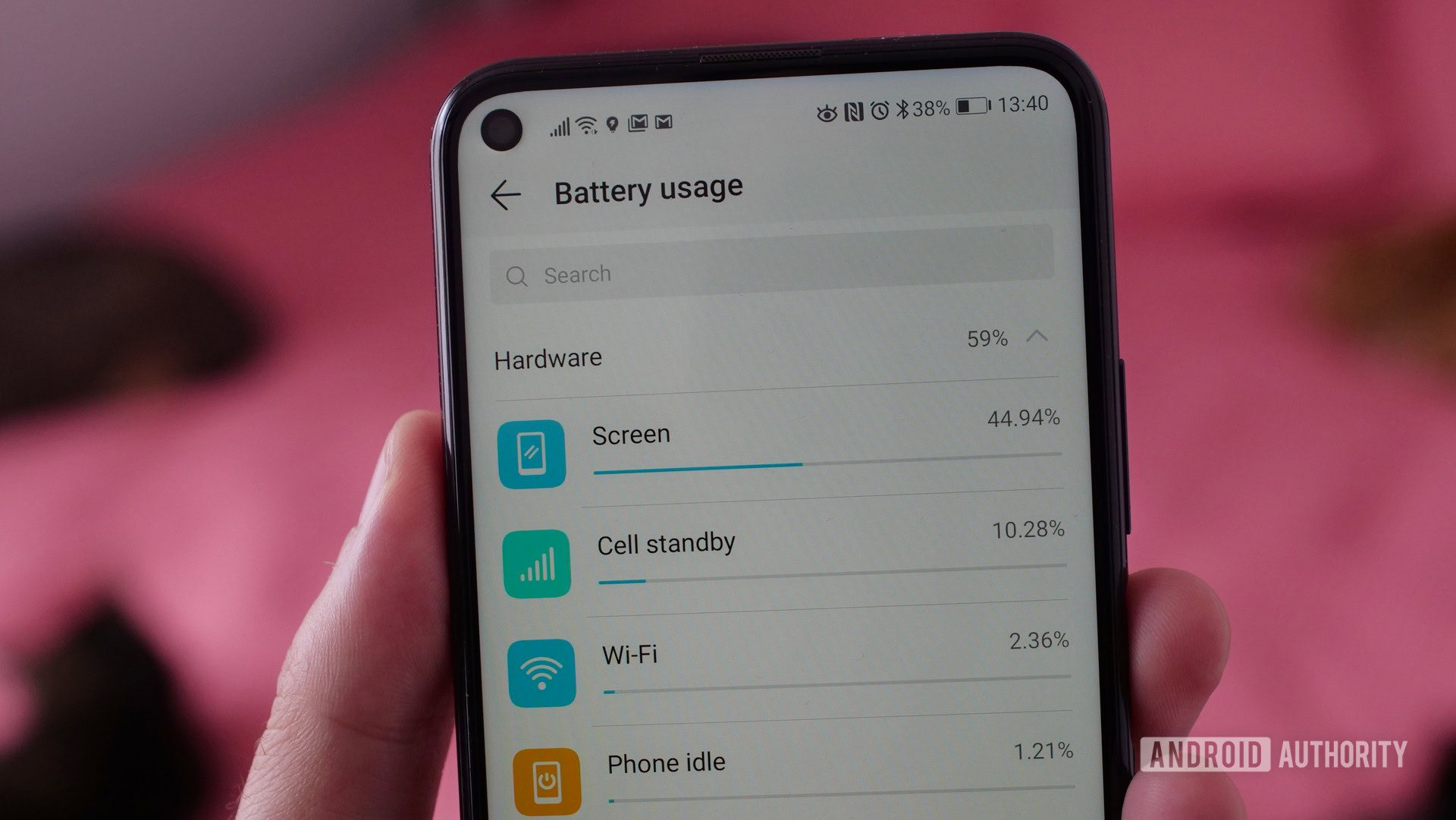
Potential solutions:
- For quite a few users, a third-party app ended up being the cause. To see if that’s the case for you, boot the device in Safe Mode (you can find the instructions on how to do so below). Charge the phone to a point above the discharge percentage. Wait for the battery to drain until it gets below that number again. If the phone works as expected with no early shutdown, an app is behind the issue. Remove recently installed or updated apps until the problem goes away. If you can’t figure it out manually, you may need to perform a complete factory reset.
- It could also be a hardware issue for some due to the degradation of Li-ion batteries. This is more common if the phone is more than a year old or refurbished. The only option here is to contact the device manufacturer and try and get the phone repaired or the battery replaced.
Android problem #2 — The device doesn’t wake up when the power button is pressed
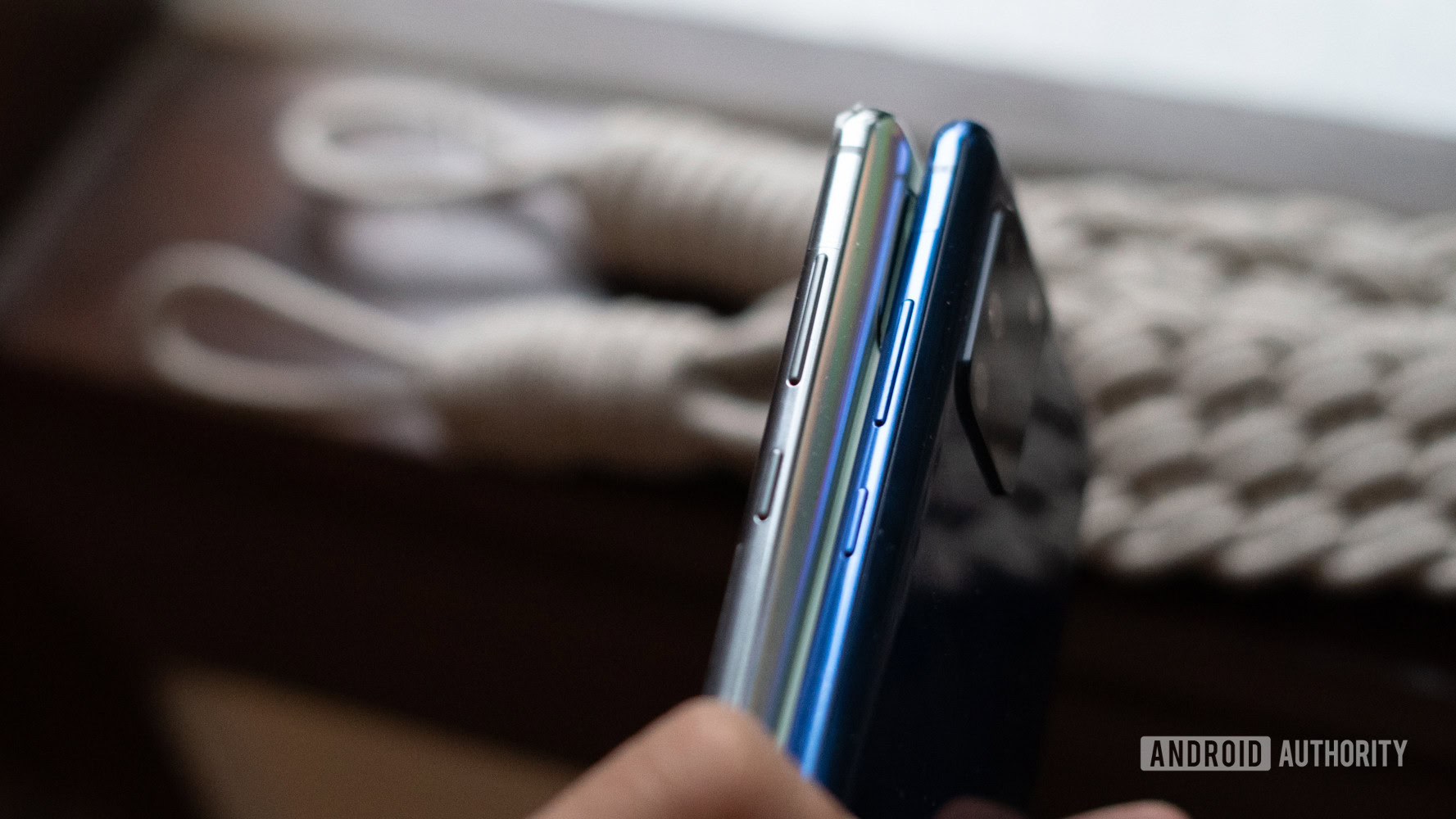
The “forced sleep” bug is quite common and has been a problem for numerous devices. When the screen is off, it doesn’t wake up when the power button is pressed. Instead, users have to press and hold the power button for ten seconds and force a restart.
Potential solutions:
- The forced restart will fix the problem, at least temporarily. However, this isn’t a long-term solution, and only an upcoming software update will permanently fix this issue. There are some workarounds, though.
- Some users have found that a screen protector, particularly of the tempered glass variety, causes the problem. Removing the screen protector helps but isn’t an ideal option.
- Enabling ” Always On Display ” on some phones with this feature helps fix it.
- De-activating the Active Edge feature on Pixel phones with the feature is a helpful workaround.
- Some phones let you change what the power button is used for and add extra functionality, like launching the Google Assistant. This could also be an issue with the settings. Go into the device settings and ensure that everything is how it should be.
Android problem #3 — SIM card isn’t detected
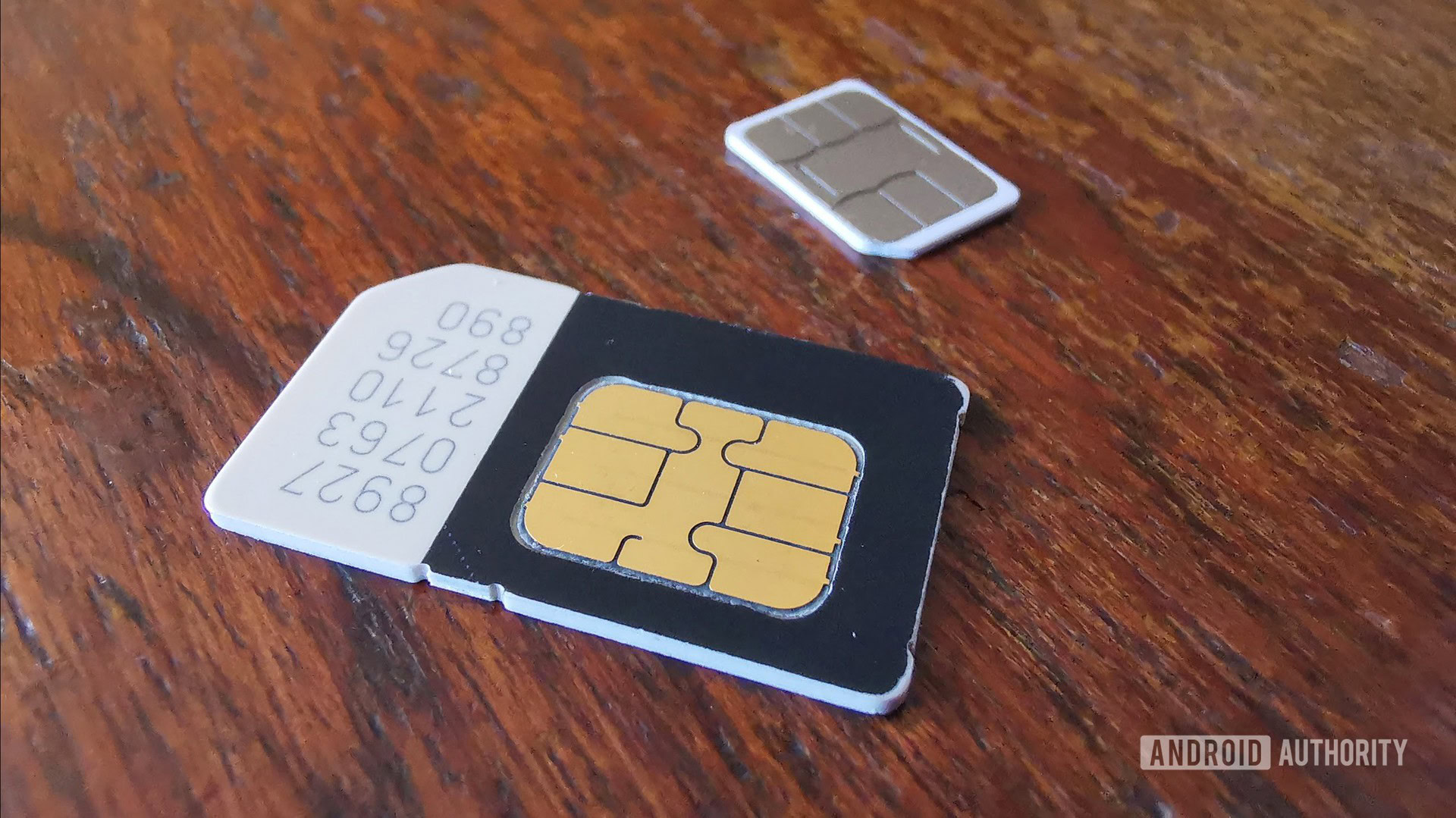
The SIM card isn’t being detected by the phone. Getting a replacement SIM card doesn’t help fix the problem.
Potential solutions:
- Simply rebooting the phone has worked for some users. In most cases, though, the issue seems to go away only for a few minutes.
- Some users have found that activating mobile data even when on a Wi-Fi connection helps fix the problem. Of course, this solution is great only for those with a good data plan, and you will have to stay on top of data usage if the Wi-Fi connection drops. You get charged for using data, so using this workaround without a data package isn’t recommended.
- There’s another workaround if you have a phone with an eSIM. Dial *#*#4636#*#* to open network settings. It might take a couple of attempts. Tap on Phone Information. In the network settings section, change the setting to one that works. Instead of trial and error, you can also find out the correct option by contacting your network carrier. If your phone supports dual SIMs, ensure that DSDS enabled is active.
Android problem #4 — Google app causing a lot of battery drain
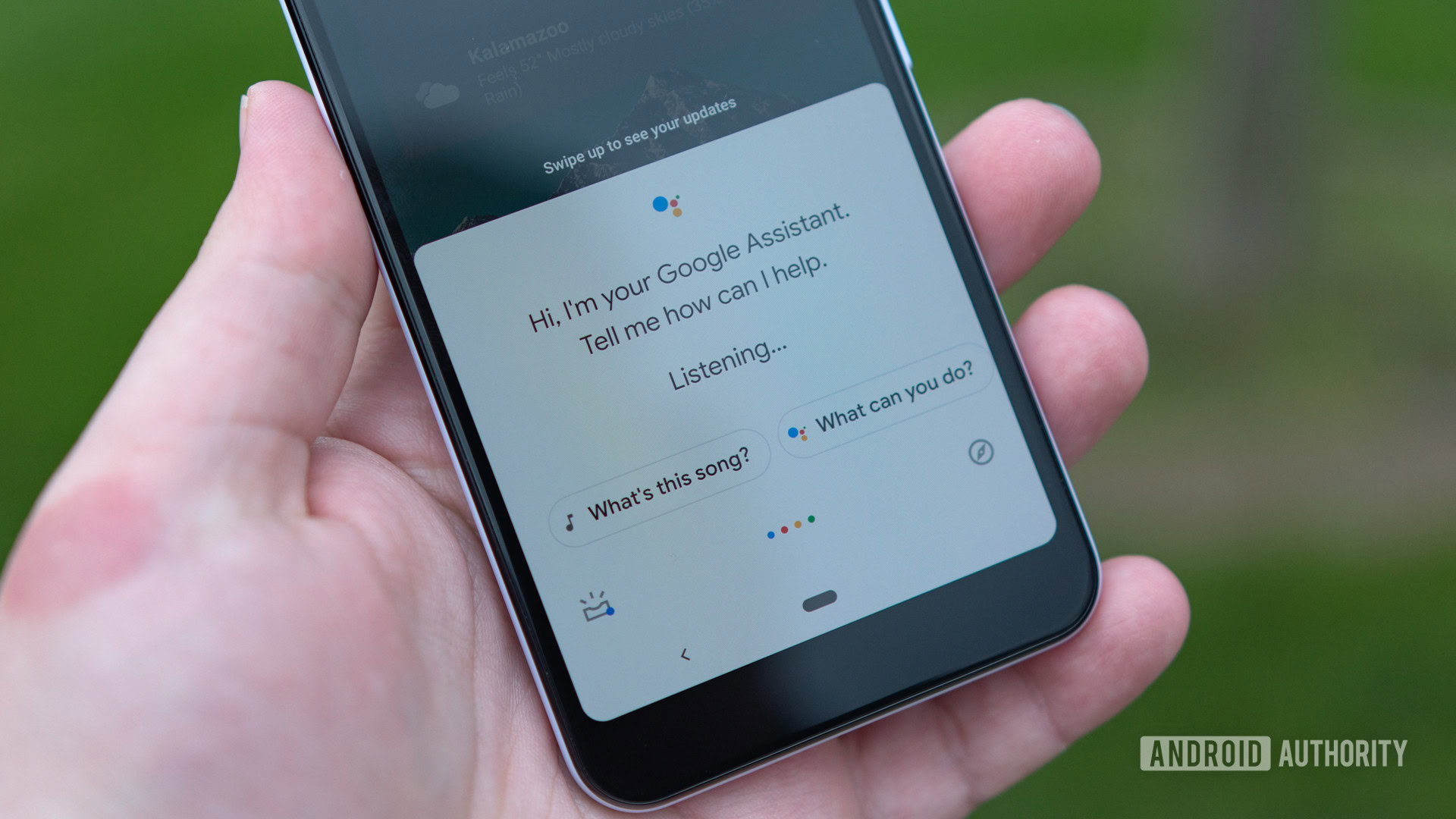
Some users have found that the Google app is responsible for the bulk of battery usage on their devices. This is an issue that shows up quite frequently and across various phones. It seems to be an increasingly common problem with Android in recent years.
Potential solutions:
- Go to Settings–>Apps & notifications and open the list of apps. Scroll down to the Google app and tap on it. Tap on “Storage & cache” and clear both.
- In the previous menu, tap on “Mobile data & Wi-Fi.” You can disable “background data usage” and “unrestricted data usage” and enable “Disabled Wi-Fi” and “Disabled data usage.” This will affect app behavior, though, and the Google app and its features (like the Assistant) will not work as expected. Do these steps only if the battery drain makes the phone unusable.
- This problem seems to come and go with software updates. So if you are facing this issue, an upcoming app update will likely fix it.
Android problem #5 — Charging issues

People face a lot of problems when it comes to the cables and chargers that come with a phone. This can range from slow charging speeds to not being able to transfer files from a PC and more.
Potential solutions:
- This might just be a problem with the charging cable itself. Make sure it works by charging other phones or devices. If the cable doesn’t work with anything, you will have to get a new cable.
- These issues are particularly prevalent with USB-C to USB-C cables. Some have found that using a USB-C to USB-A cable instead solves the problem. Of course, if you’re charger uses the former, you’ll need to get an alternate to use the latter type of cable with.
- For quite a few users, cleaning the USB-C port seems to do the trick. Fold a business card and gently clean out the port with a sharp edge. You can also use compressed air as long as the pressure intensity isn’t too high.
- An app could also be causing these issues. Boot the device in Safe Mode and see if the problem persists. If not, an app is creating the problem.
- If nothing seems to work, the USB port of the phone might be damaged. The only option then is to get the device repaired or replaced.
- If your phone isn’t charging as fast as it’s supposed to, it could be a compatibility issue with the charger. Many manufacturers aren’t including chargers in the box anymore. It’s still best to buy a first-party charger to get the fastest charging speeds possible. Some OEMs like OnePlus and OPPO use proprietary fast charging.
See also: The best wall chargers – A buyer’s guide
Android problem #6 — Performance issues
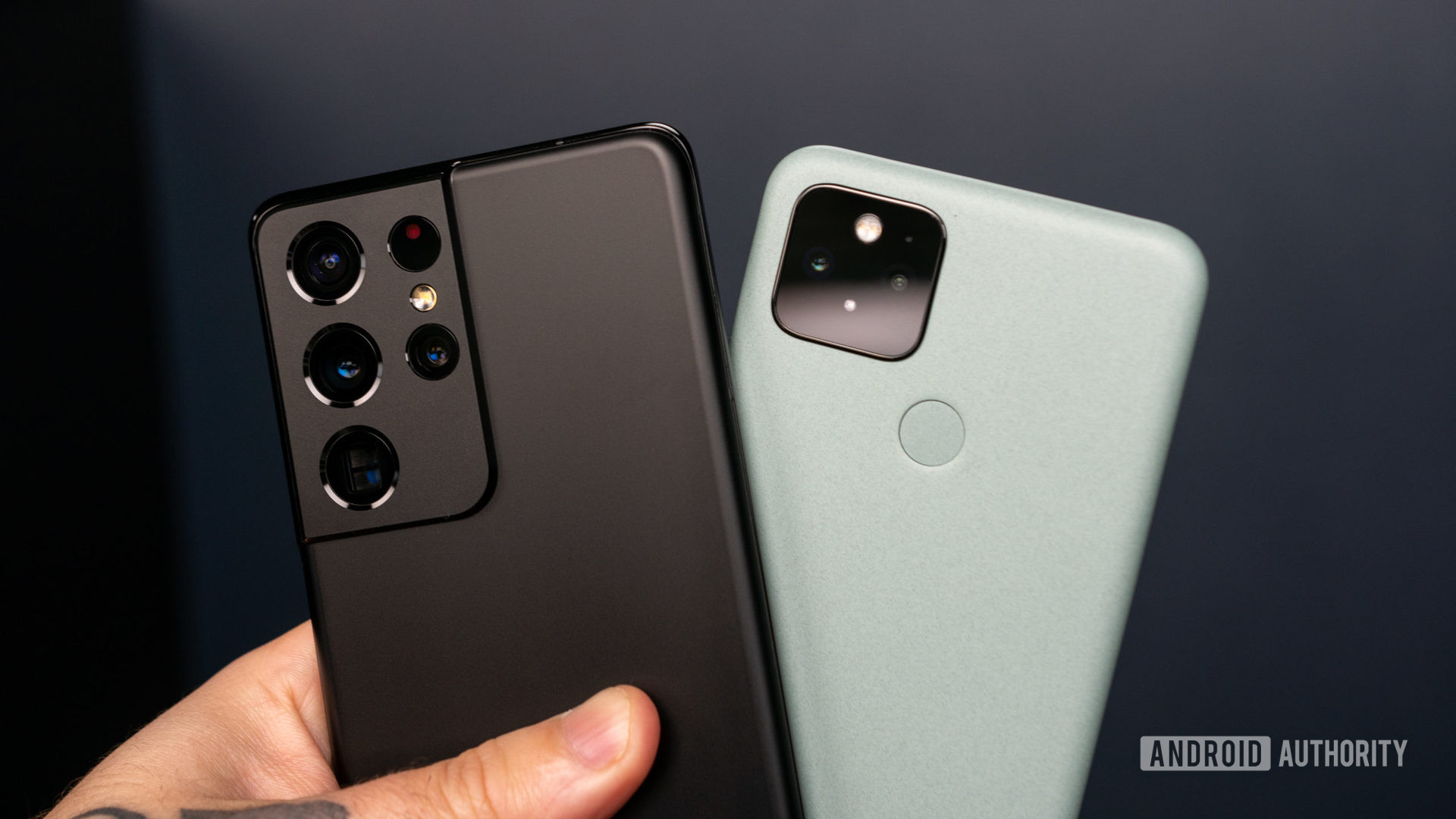
If you find your phone running slowly, is laggy, or takes a long time to respond, there are a few general troubleshooting steps you can go through. A lot of the steps mentioned below can often help with battery drain issues as well. Performance and battery problems are seemingly always going to be a part of Android OS.
- Simply restarting your phone often does the trick.
- Make sure that the software is up to date. Go to Settings > System > Advanced > System update. Also, update all the apps you’ve downloaded from the Google Play Store.
- Check your phone’s storage. You might start seeing some slowdown when the amount of free storage is less than 10%.
- Check and ensure that third-party apps aren’t causing a problem by booting in Safe Mode and seeing if the problem persists.
- If you find a lot of apps running in the background and causing problems with battery life and performance, you might need to force stop them. Go to Settings > Apps & notifications and open the list of apps. Find the app and then tap on “Force Stop.”
- If nothing else works, performing a complete factory reset might be the only way to go.
Android problem #7 — Connectivity issues
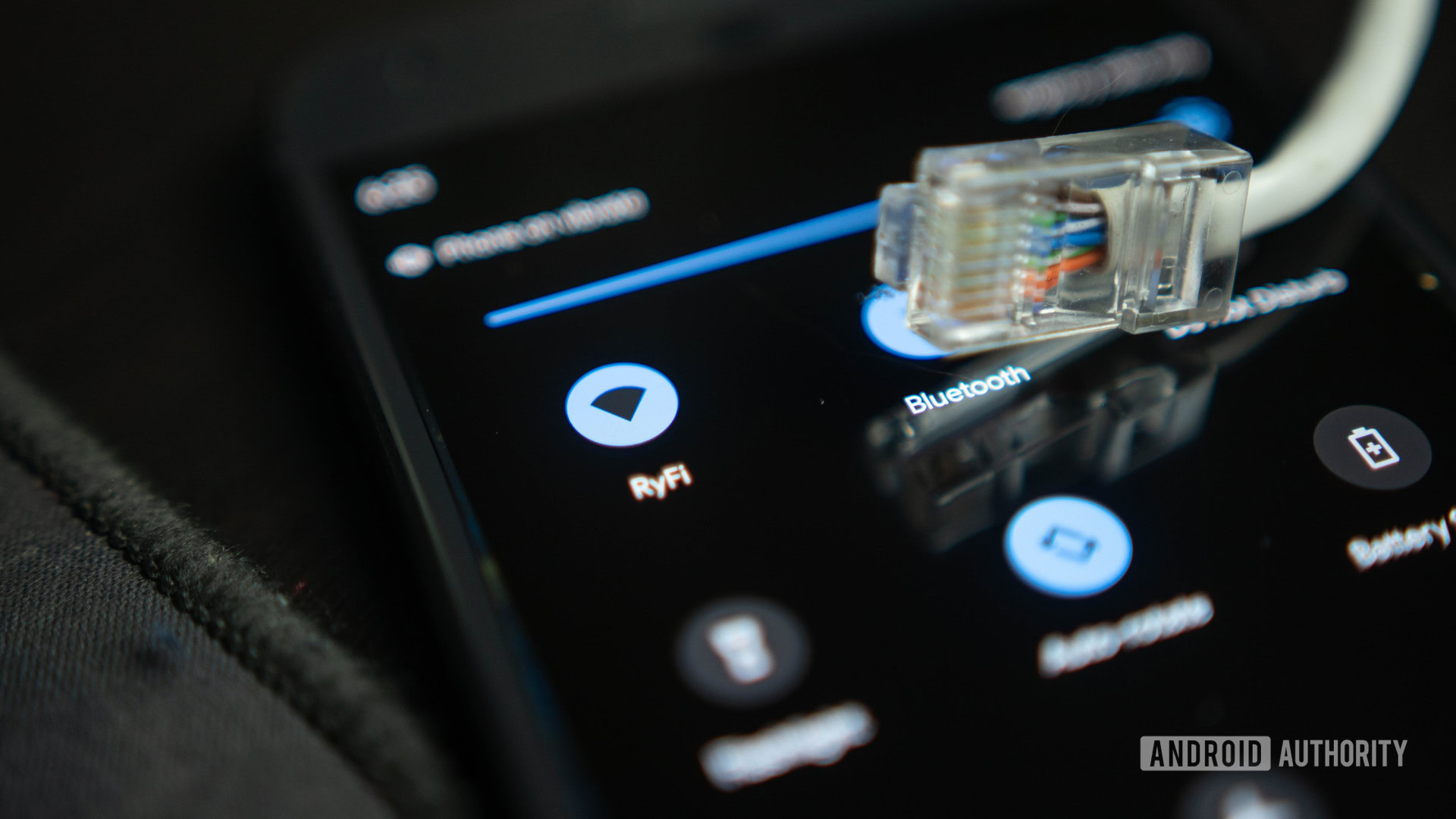
You may occasionally come across connectivity problems with Wi-Fi and Bluetooth. While some devices have specific Android problems when it comes to connectivity, below are a few general steps you can try out first.
Potential solutions:
Wi-Fi issues
- Turn the device and the router off for at least ten seconds, then turn them back on and retry the connection.
- Go to Settings > Power saving and ensure that this option is turned off.
- Redo the Wi-Fi connection. Go to Settings > Wi-Fi, long press on the connection name, and tap on “Forget.” Now re-enter the details and try again.
- Make sure the Wi-Fi router firmware is up to date.
- Make sure the applications and software on the device are up to date.
- Go into Wi-Fi > Settings > Advanced and make a note of your device’s MAC address, then make sure that it is allowed access in the router’s MAC filter.
Bluetooth issues
- With issues when connecting to the car, check the manufacturer’s manual for the device and the car and reset your connections.
- Ensure that you are not missing a vital part of the connection process. Some Bluetooth devices have unique instructions.
- Go to Settings > Bluetooth and ensure nothing needs changing.
- Go into Settings > Bluetooth and delete all prior pairings and try setting them up again from scratch. Don’t forget to also delete any devices on this list that you no longer connect to.
- When it comes to issues with multiple device connections, only a future update will be able to address this problem.
Android problem #8 — Android Auto problems
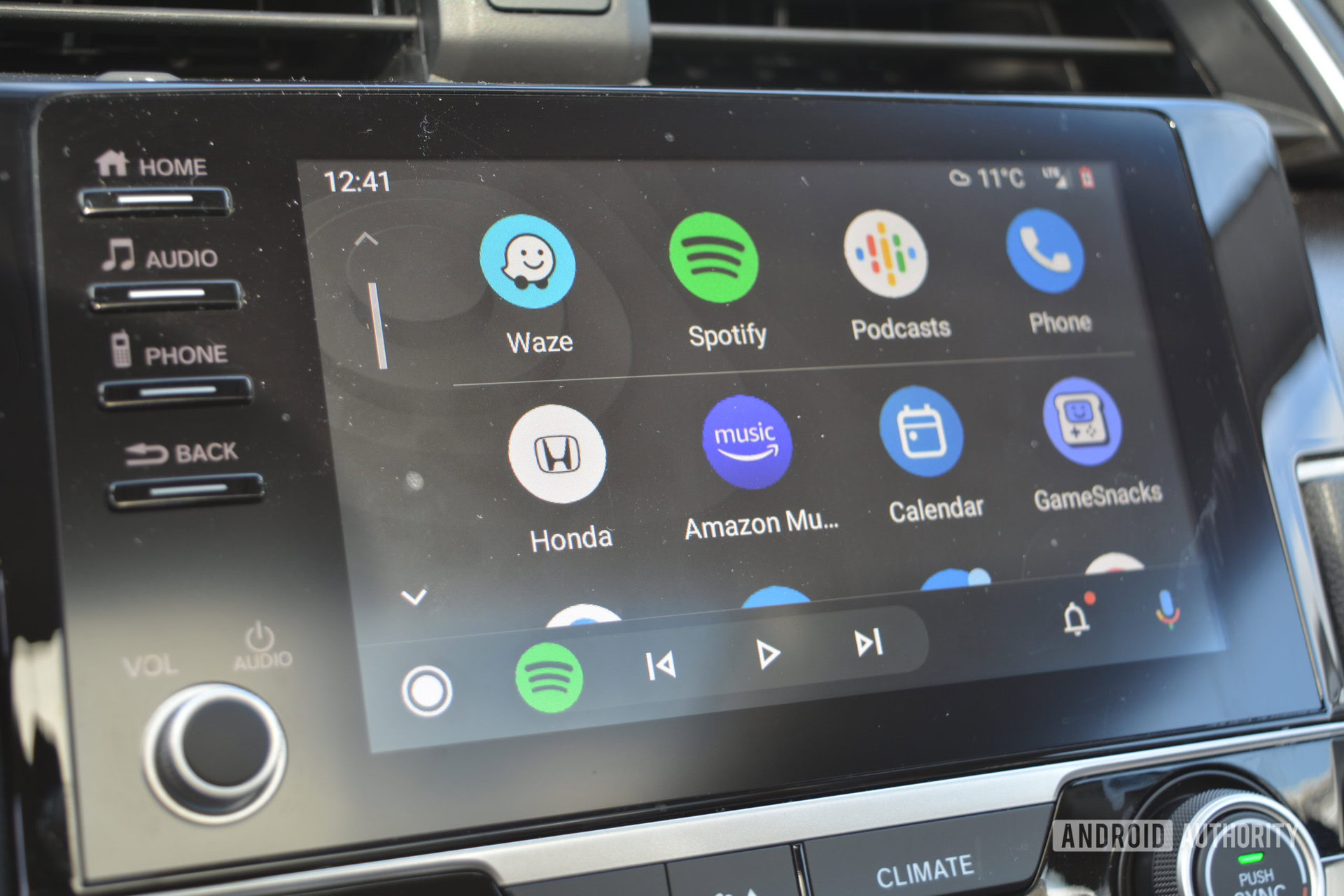
Complaints about connectivity issues with Android Auto are extremely common, particularly with new phones.
Potential solutions:
- Samsung, OnePlus, Google, and others make it very easy to set up a new phone while retaining the settings, apps, and files from the older device. However, if you use apps like OnePlus Switch or similar, it usually causes problems with Android Auto. Go to the Google Play Store, find Android Auto, uninstall it and install it again. Start the connection process from the beginning.
- The Android Auto app won’t be in your app drawer anymore. Instead, it is tucked away in your Settings menu. It’s located in different places depending on your phone, so the best option is to open Settings and search for Android Auto. Make sure that the settings are the way you want.
- A bad cable might be causing frequent disconnections. Use another cable to see if the problem goes away.
- If you use Android Auto Wireless, you might have trouble with the car recognizing your phone the first time. Users say that setting the initial connection with a cable and then using Android Auto Wireless after seems to do the trick.
Android problem #9 — Gesture navigation not working
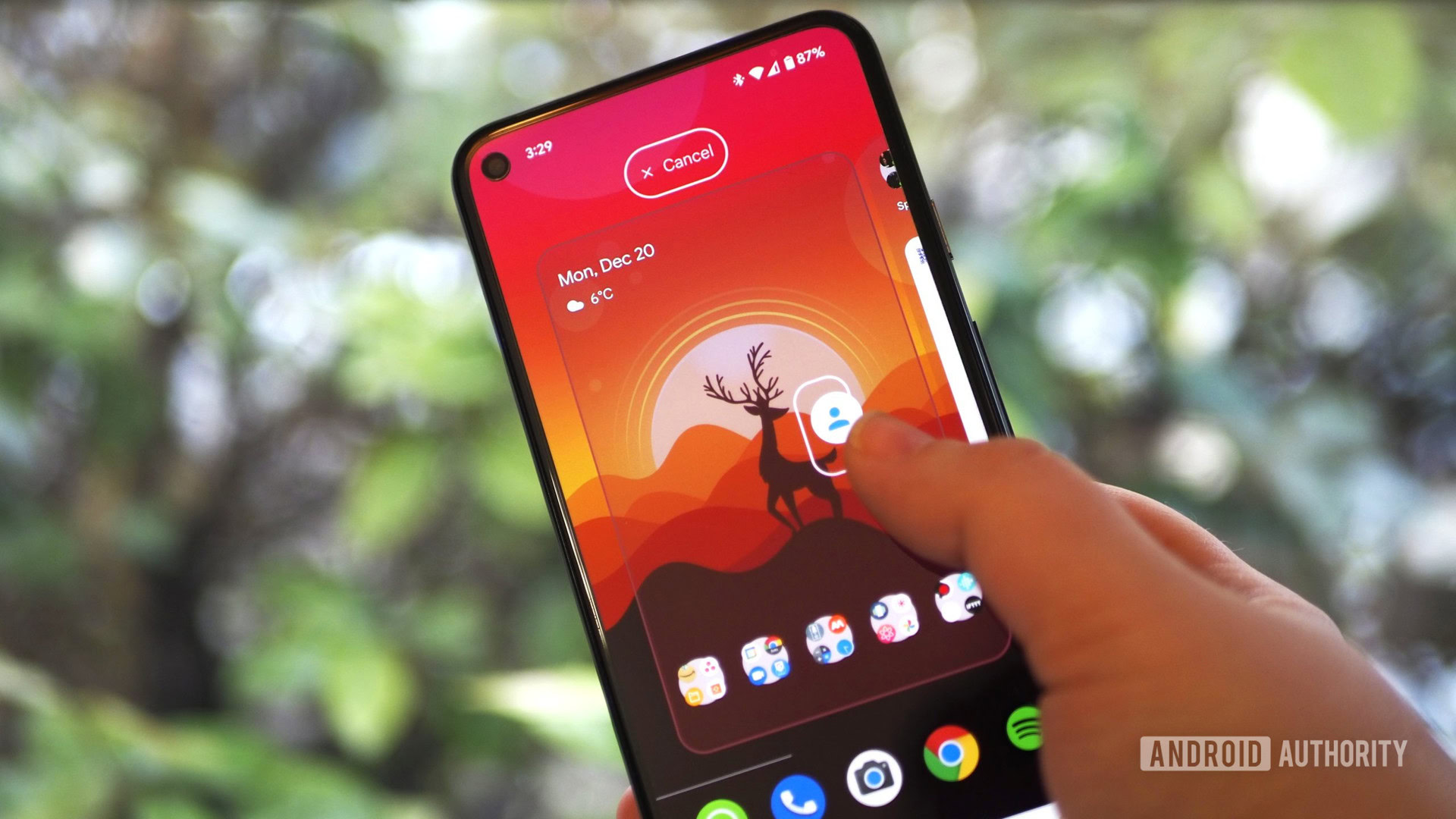
Most phones running Android come with gesture navigation. However, users complain about gesture navigation freezing, being slow, or being unresponsive.
Potential solutions:
- Some users have found a simple workaround to fix this problem. Find the gesture navigation setting on your phone. On a Google phone, you can find it by going to Settings–>System–>Gesture. Change it to the three-button navigation option. Restart the phone and then switch the setting back to gesture navigation.
- It might be a launcher issue, particularly if you use third-party launchers. Go to Settings–>Apps and notifications–>See all apps (the steps might be different). Find the launcher app, tap on Clear cache, and restart the phone.
- A rogue app might be causing problems with gesture navigation. Boot the phone into Safe Mode (the instructions are below) and check if the issue persists. If it doesn’t, then an app is the issue. Uninstall any recently installed or updated apps. If you can’t find the culprit, you might have to perform a factory reset.
Android problem #10 — Google Play Store not working
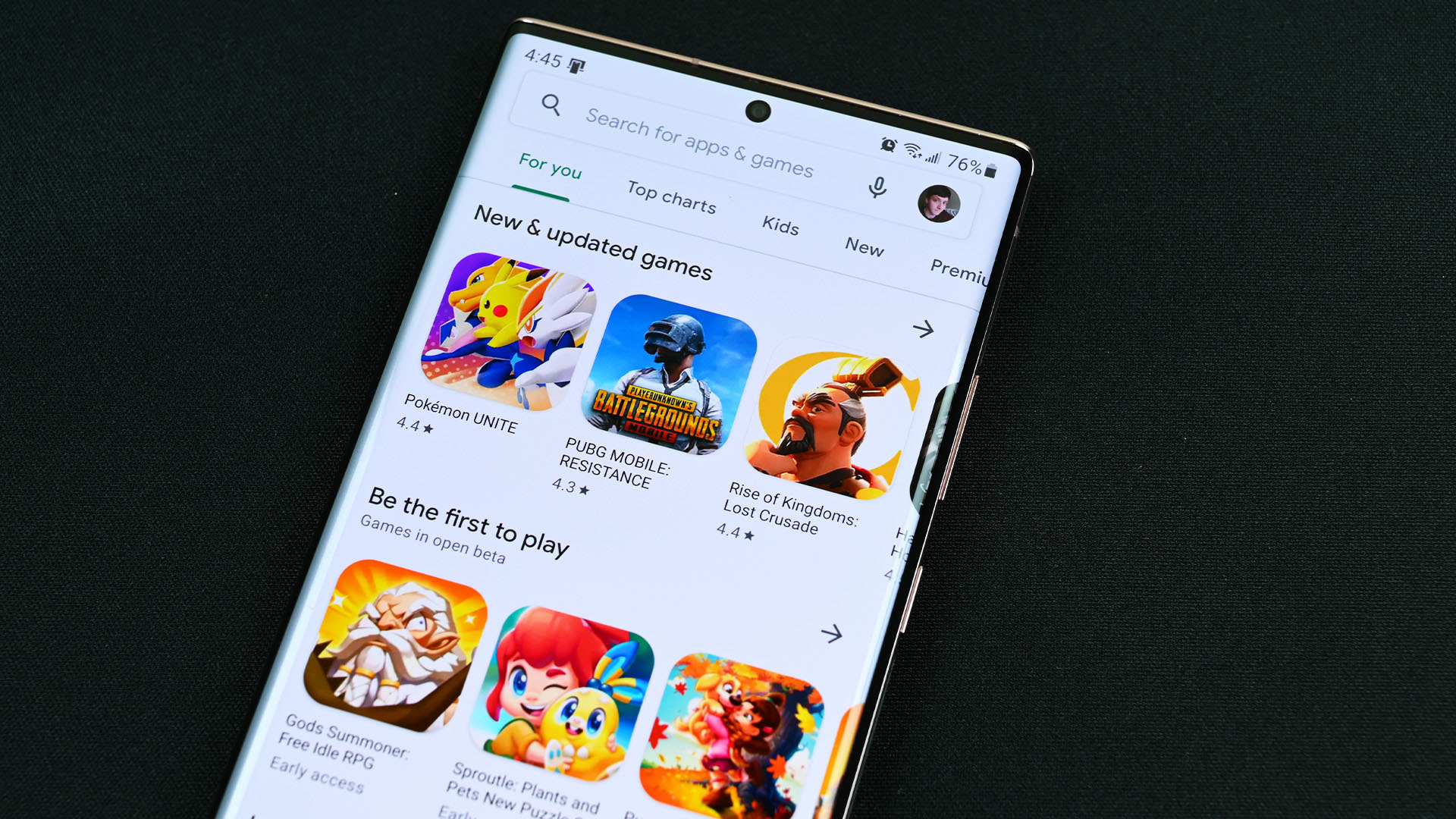
The Google Play Store is the key to all your apps on your Android phone. Unfortunately, it doesn’t always work as expected. Check out our guide on how to fix common Play Store problems and the Play Store “download pending” error. If you’re having trouble with the apps themselves, you can check out our guide on what to do if your Android apps keep crashing.
Android problem #11 — Where’s my update?
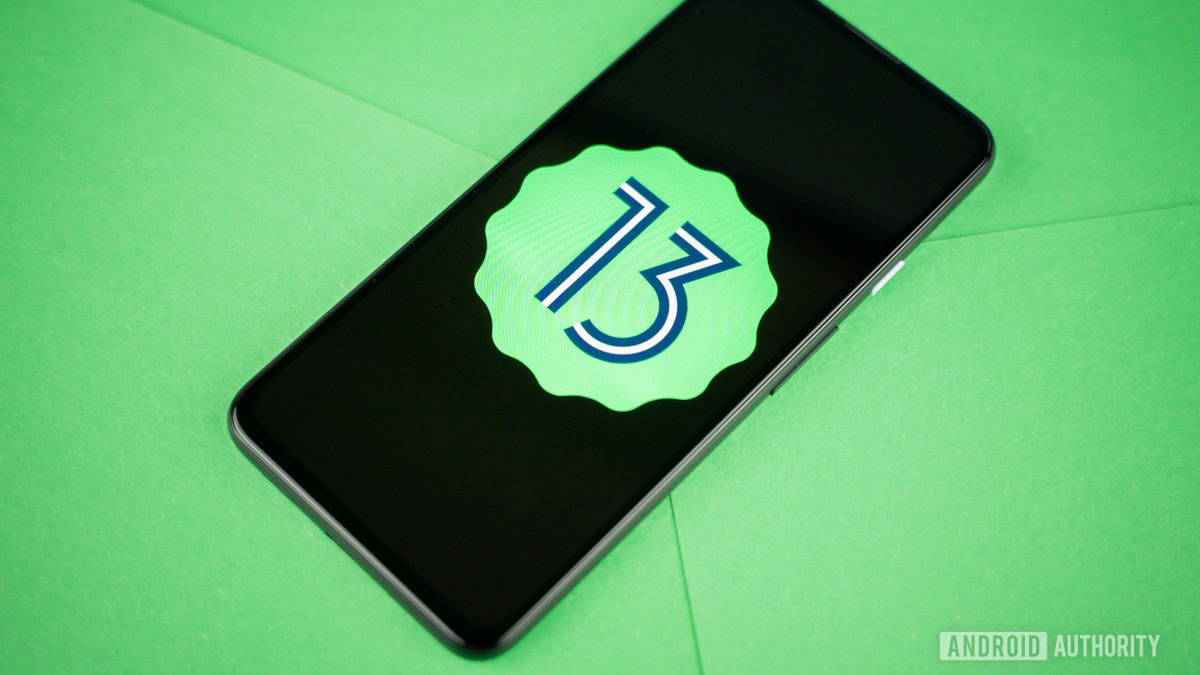
Android 13 is expected to arrive later this year, and while many of you have phones running Android 12, quite a few users are running Android 11 or older. Unfortunately, when you receive the next major software update is entirely up to the device maker. Check out our Android 12 update tracker to find out when your phone might get the latest software.
Apart from major software updates, it’s important to keep your phone updated with the latest security and bug-fix updates that OEMs roll out. Plenty of Android problems is often fixed with these updates.
Guide — Rebooting to Safe Mode, Factory Reset
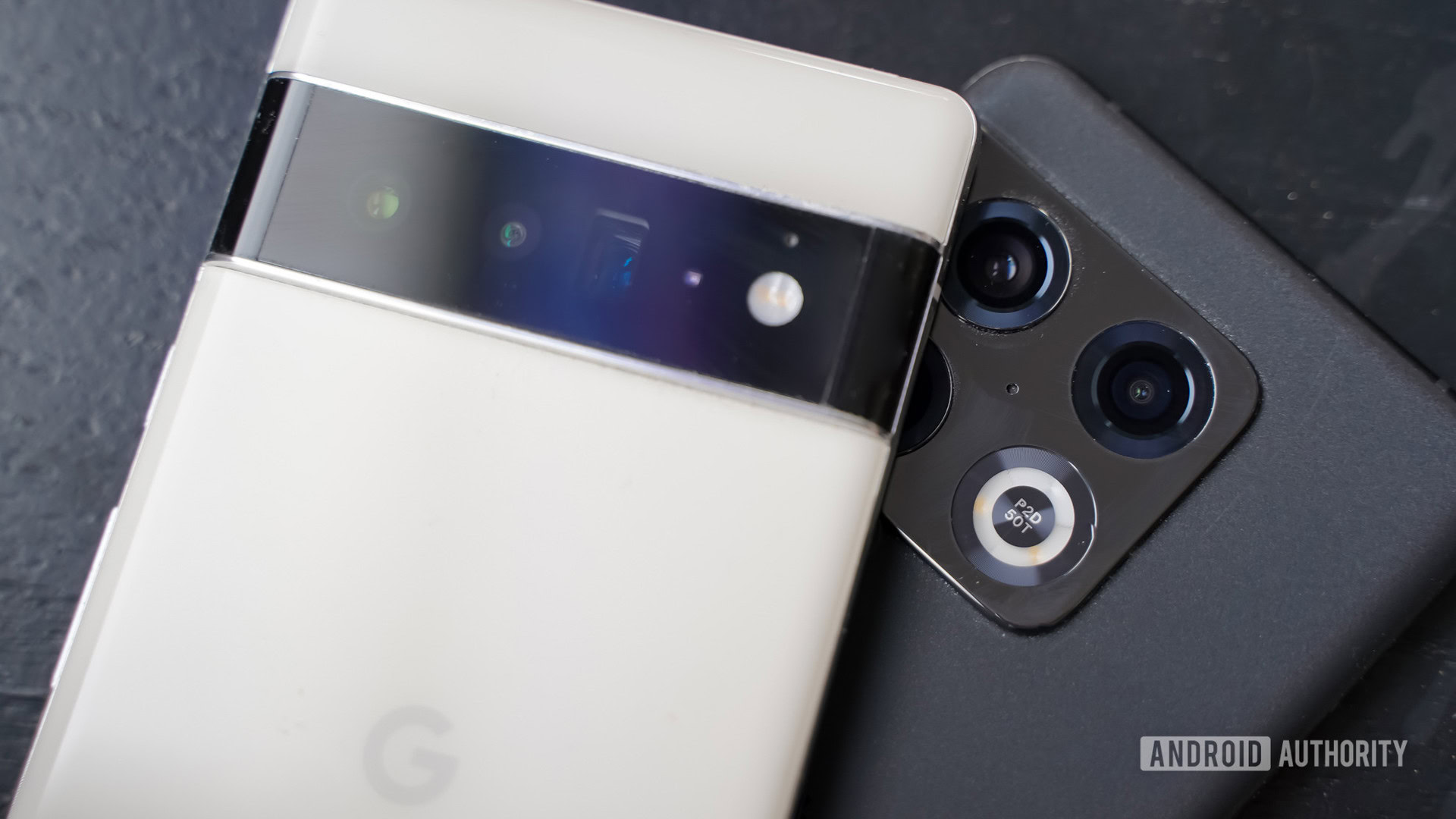
We will be using the Pixel 6 as an example for the guides below. The steps might be slightly different, depending on the phone you have.
Safe Mode
- If the phone is on, press and hold the power button. In the menu that opens, touch and hold the power off icon. Tap OK when a pop-up message asks for confirmation to boot into Safe Mode.
- If the phone is off, press and hold the phone’s power button until the loading animation starts. When it does, press and hold the volume down button. Keep holding the volume key until the animation ends, and the phone should start in Safe Mode. Look for the Safe Mode icon at the bottom left corner to confirm.
- Restart the phone when you want to exit Safe Mode.
Factory Reset
- If the phone is on, Go to Settings–>System–>Advanced–>Reset options. Tap on Erase all data and then Reset phone. Tap on Erase everything to confirm.
- If the phone is unresponsive or off:
- Press and hold the power and volume down buttons simultaneously for ten to fifteen seconds. If the phone restarts, you might need to start over.
- Use the volume keys to navigate to Recovery mode and press the power button to confirm.
- If you see No command on the screen, press and hold the power button, then press the volume up button and release both.
- Use the volume keys to go to Wipe data/factory reset and press the power button to confirm.
That’s it for some of the most common problems Android users come across. While these solutions are somewhat generic, we have device-specific issues listed here on Android Authority as well.